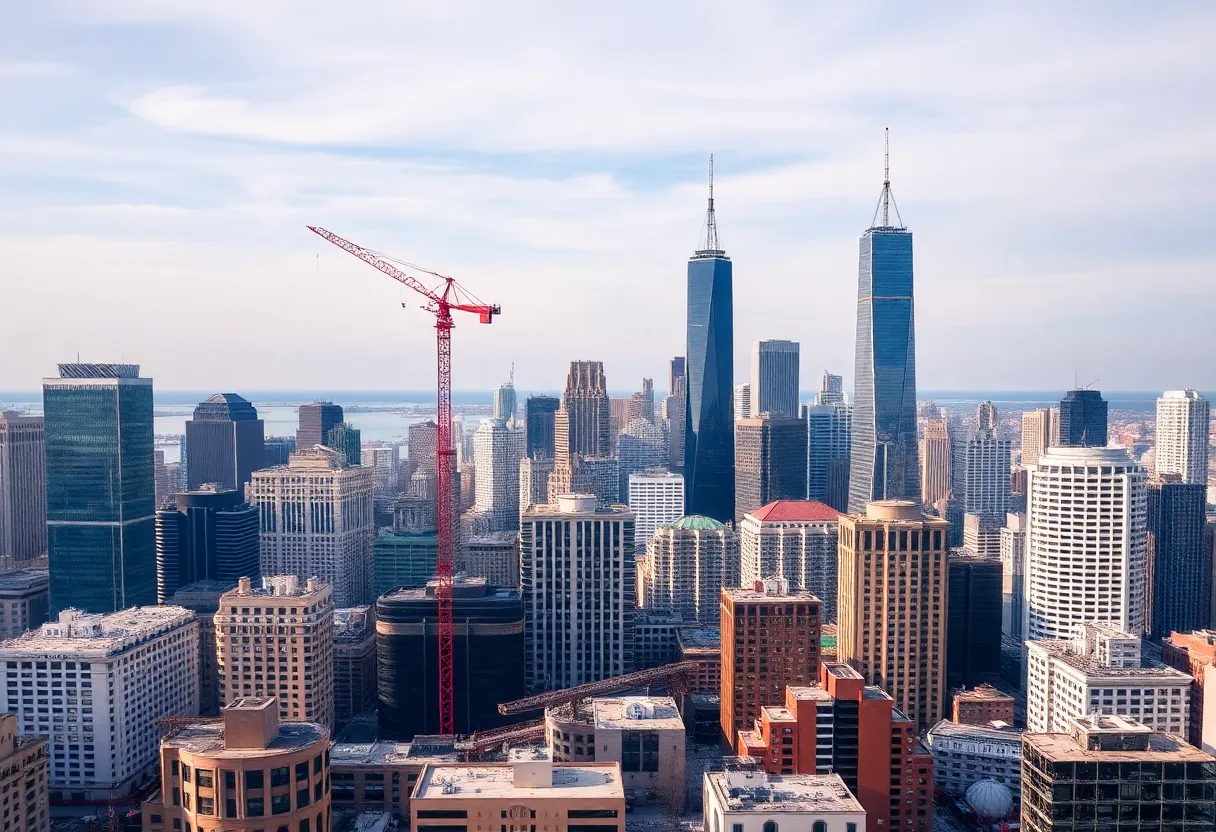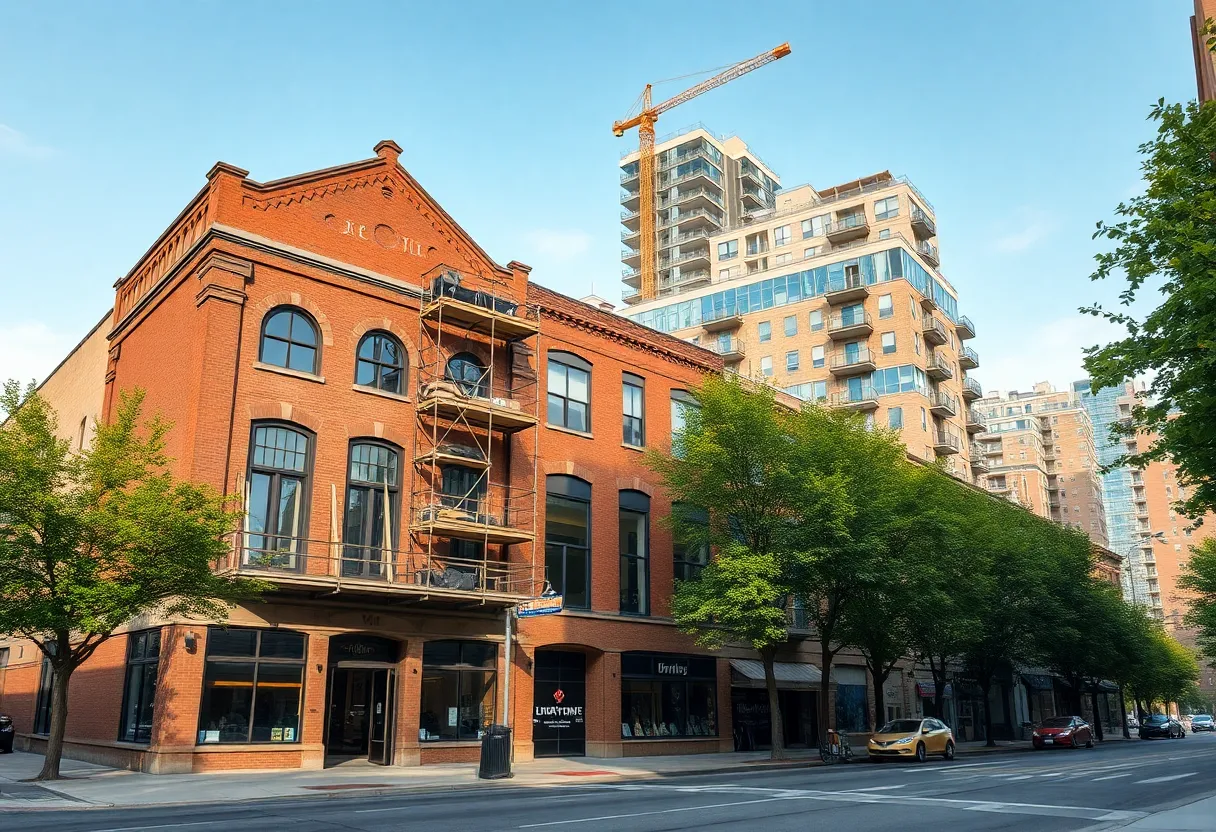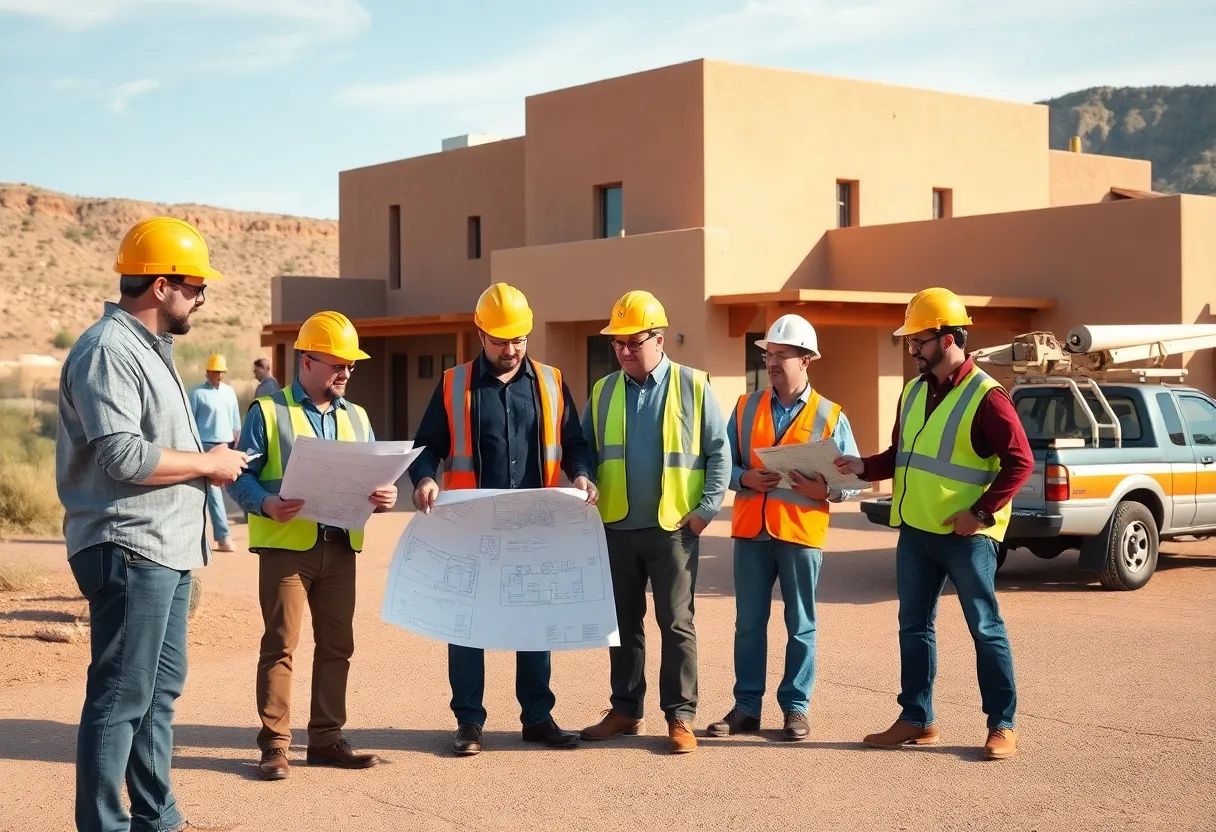News Summary
Chicago’s commercial real estate landscape is shifting as developers adapt to high interest rates and tighter lending conditions. With traditional funding methods under pressure, there’s a move towards diversified capital acquisition strategies. Multifamily units are drawing more interest from lenders compared to office spaces, although competition remains intense for high-quality properties. Challenges in securing financing, particularly for speculative projects, are pushing developers to blend traditional debt with alternative funding sources. The market is navigating uncertainties, but proactive developers are discovering innovative opportunities.
Chicago Developers Adjust to High Interest Rates and Lending Changes
Chicago’s commercial real estate developers are making significant adjustments to their strategies as they navigate through a landscape marked by high interest rates and a cautious lending environment. With banks tightening their credit conditions, developers must find new ways to secure funding for their projects while adapting to shifting market dynamics.
Changing Metrics and Liquidity in the Market
While there is still capital available for investment, the metrics for deploying this capital have undergone notable changes from previous years. Liquidity in the commercial real estate market has not dried up, but the way in which this capital enters deals has shifted dramatically. Developers are experiencing lower leverage as banks remain active albeit at reduced levels, prompting a need for alternative funding sources.
Impact on Different Asset Types
The current environment presents varied opportunities across asset types. Commercial properties like multifamily and industrial are still attracting lenders, especially when backed by stabilized projects. Conversely, selective underwriting is particularly challenging for hotel and multitenant office assets. According to market specialists, competition remains intense, primarily for high-quality properties in sectors such as retail, industrial, medical office, and self-storage.
Limited Resurgence in Construction Financing
Construction financing is witnessing a limited rebound, largely centering on multifamily and industrial developments that meet stringent funding conditions. Loan-to-cost ratios for construction projects are compressed, especially for speculative developments unless they are supported by robust sponsors. Developers are increasingly turning to a blend of traditional senior debt and alternative funding to tackle rising capital costs.
Alternative Funding Methods
As traditional financing options become tighter, more developers are utilizing preferred equity and mezzanine structures to bridge the gap in leverage. This shift encourages developers to diversify their funding sources, seeking investments from multiple partners or high-net-worth individuals. Seeking to fill the funding void, some entities in the market are witnessing greater interest from borrowers looking for lower-cost, fixed-rate capital to reduce reliance on more expensive equity resources.
New Underwriting Standards and Their Challenges
Recent changes in underwriting standards now often demand significant equity contributions, frequently 35% or more from borrowers. This presents a challenge for newer developers, particularly those pursuing speculative projects without confirmed tenants. Properties failing to meet original lease-up expectations are finding it increasingly difficult to secure funding. Furthermore, many projects that once benefited from 80-85% leverage are now closer to the 60-65% mark, compelling developers to strategize around lower leverage points.
Market Adjustments and Future Trends
Developers and lenders are awaiting necessary price adjustments to stabilize the market. Macroeconomic uncertainties, including tariffs and fluctuations in local property taxes, are adding to developers’ concerns regarding project pricing. Notably, property taxes in Cook County are a growing burden, particularly affecting institutional investors who are typically more sensitive to these costs.
The evolution of the Chicago real estate market appears to be influenced by changing demographics and growing business needs. Developers are finding innovative reuse opportunities in older office buildings, especially as demand rises for mixed-use developments. Public-private partnerships are also being leveraged to stimulate new initiatives focused on affordable housing and job creation.
Conclusion: Strategic Progress Amidst Challenges
Even with challenges like rising interest rates and increasing vacancies in office spaces, developers employing strategic approaches continue to progress in the evolving market. The integration of new capital structures and the focus on projected growth areas suggest that Chicago’s commercial real estate landscape is not only adapting but also positioned for potential growth in sectors such as industrial and multifamily housing.
Deeper Dive: News & Info About This Topic
Additional Resources
- Daily Herald: Trends Shaping Chicago’s Commercial Real Estate Market in 2025
- RE Journals: Cautious Capital: Creative Stacks Chicago CRE Financing Adapts
- Chicago Business: Interactive Brokers Group Eyes New West Loop Office
- Wall Street Journal: Chicago Office Buildings Real Estate Market
- CBRE: River of Dreams Podcast
- Wikipedia: Commercial Real Estate
- Google Search: Chicago Commercial Real Estate High Interest Rates
- Google Scholar: Chicago Commercial Real Estate Financing
- Encyclopedia Britannica: Commercial Real Estate
- Google News: Chicago Real Estate Market
Author: Construction TX News
TEXAS STAFF WRITER The TEXAS STAFF WRITER represents the experienced team at constructiontxnews.com, your go-to source for actionable local news and information in Texas and beyond. Specializing in "news you can use," we cover essential topics like product reviews for personal and business needs, local business directories, politics, real estate trends, neighborhood insights, and state news affecting the area—with deep expertise drawn from years of dedicated reporting and strong community input, including local press releases and business updates. We deliver top reporting on high-value events such as the Texas Construction Expo, major infrastructure unveilings, and advancements in construction technology showcases. Our coverage extends to key organizations like the Associated General Contractors of Texas and the Texas Building Branch, plus leading businesses in construction and real estate that power the local economy such as Austin Commercial and CMiC Global. As part of the broader network, including constructioncanews.com, constructionnynews.com, and constructionflnews.com, we provide comprehensive, credible insights into the dynamic construction landscape across multiple states.





